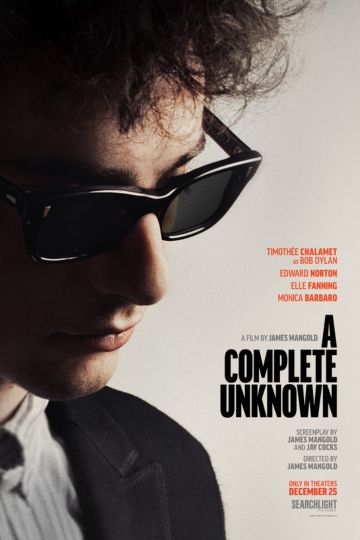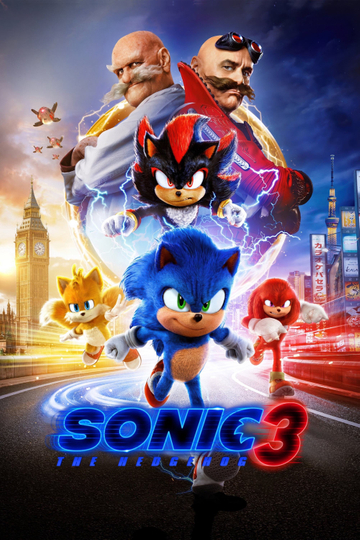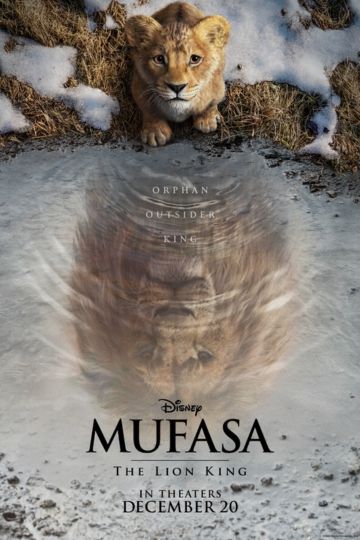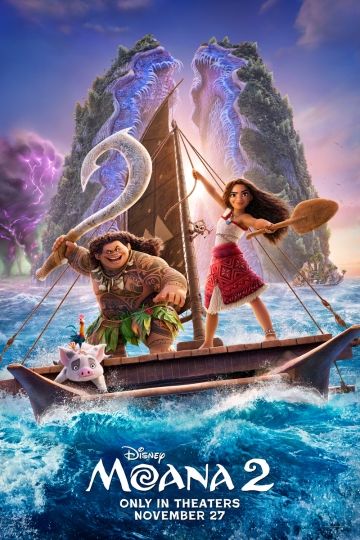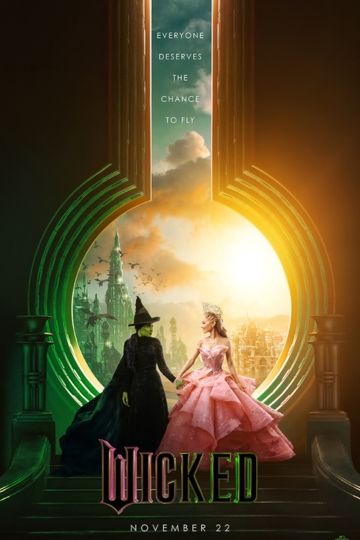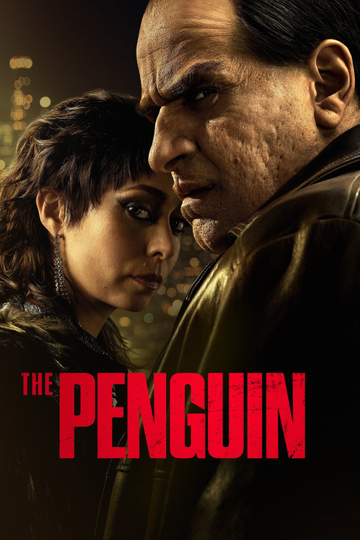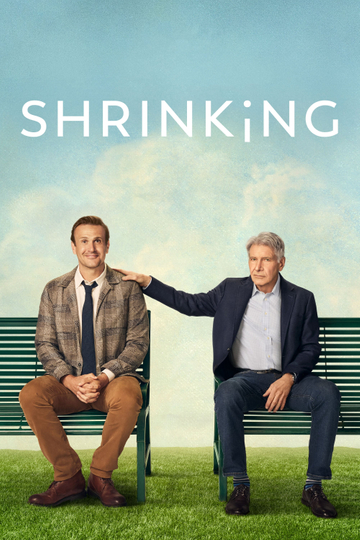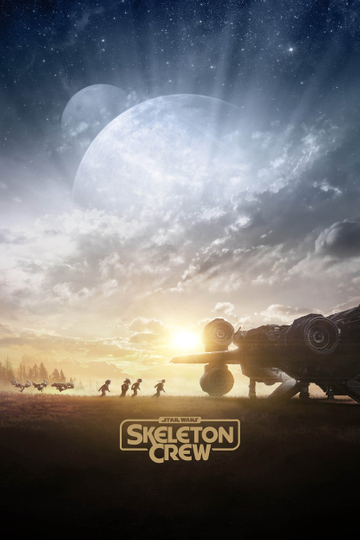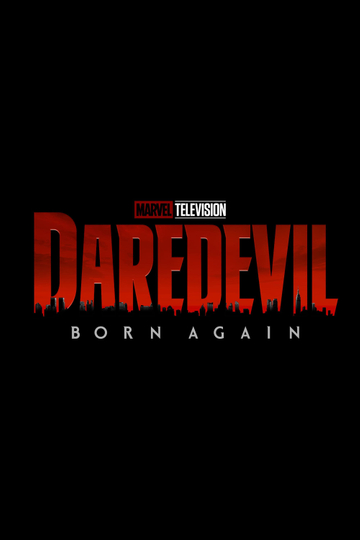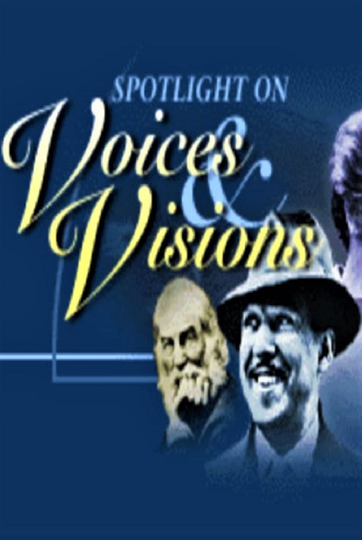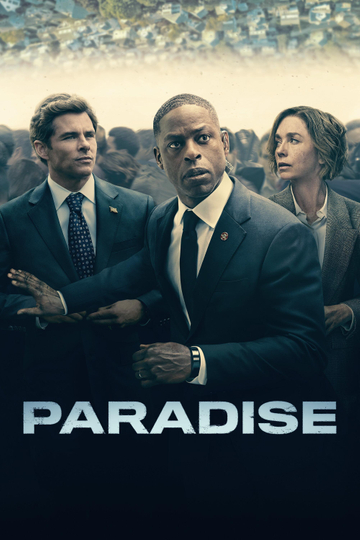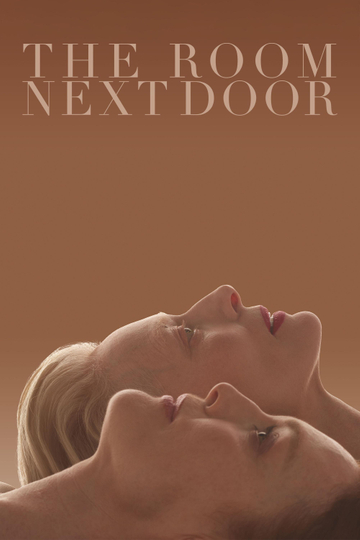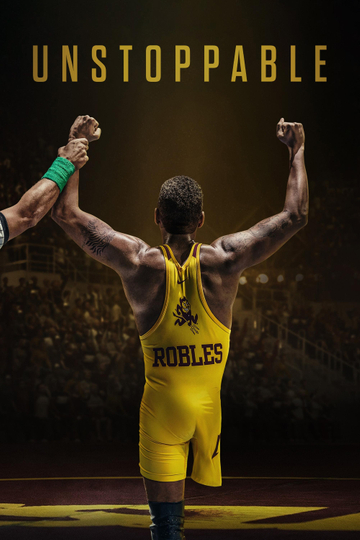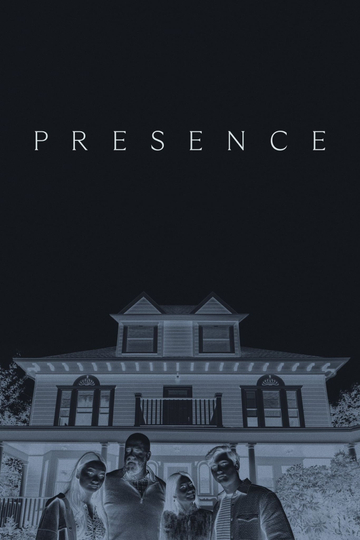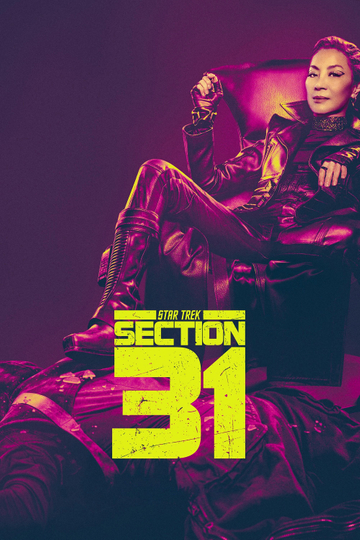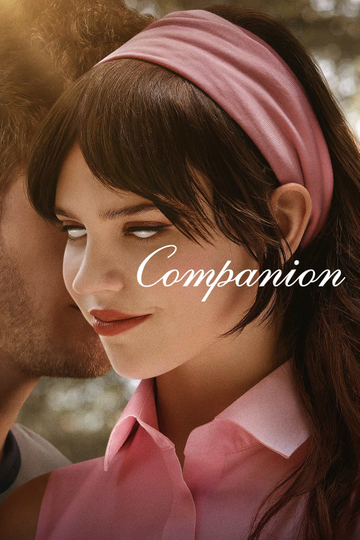Season 1 Episodes
1. Elizabeth Bishop
Elizabeth Bishop’s poems were always admired for the purity and precision of her descriptions, and now readers have come to see how, even in her early poems, the attention to external detail reveals an internal emotional realm. Bishop’s early works use surrealism and imagism to create a new reality in which she minimizes the reference to self in poetry, but her later poems become more autobiographical and more concerned with a quest for personal identity.
2. Hart Crane
Hart Crane’s reputation rests primarily on his extraordinary craftsmanship and sweeping vision. In The Bridge, Crane set out to write an American epic that unified past and present, East and West, myth and reality. Crane’s poetic vision, based on views that alcoholic and sexual excesses were a way to achieve a perception of unity of all things, led to self-destructive behavior, and his short, turbulent life ended in suicide.
3. Emily Dickinson
Though Emily Dickinson spent almost all her life in Amherst, Massachusetts, her poems represent a broad range of imaginative experience. They are rich in feeling, wide in their knowledge of nature, books, and geography, and expansive in their vision. Dickinson’s training in science suggests a source for her skill in accurate observation, whether of plants and animals or the workings of her own mind. The greatest effect of her scientific studies, though, is in her experimental attitude about life’s great issues.
4. T.S. Eliot
T. S. Eliot has been considered by many to be the leading American poet of this century. His contemporaries in the 1920s recognized in “The Waste Land” an expression of the exhaustion and fragmentation that afflicted so many in that post-war era. They also recognized the originality of Eliot’s poetic technique and admired his insistence on the need for spiritual values in an age of popular kitsch.
5. Robert Frost
Robert Frost was America’s leading pastoral poet. He demonstrated in his verse that nature is man’s most revealing mirror–and the clearest window into human personality. That conviction led him to explore the darkest forces of both nature and humanity. Some readers, comparing him to modernists like T. S. Eliot and Ezra Pound, consider Frost a traditional poet. Others regard his work as complex and multilayered, wholly new in its own way. Frost himself evaded the question with characteristic understatement: “I am [not] un-designing,” he said.
6. Langston Hughes
Langston Hughes, among the most versatile and prolific of modern American authors, achieved distinction in poetry, fiction, and drama. Race is at the center of his work–the beauty, dignity, and heritage of blacks in America. But Hughes was never racist–he always sought to speak to all Americans, especially on the larger issues of social, economic, and political justice.
7. Robert Lowell
Considered the leading poet of his generation, Robert Lowell in his early work examined history — employing the past to make commentaries on the present. In the 1950s, the poet began to merge public with personal history. Following the lead of the so-called confessional poets, his own style shifted from densely textured formalism to the more open structures and autobiographical subject matter that would characterize a great deal of American poetry to the present day.
8. Marianne Moore
Scholars have marveled at the paradoxes of Marianne Moore–how her verse can show such propriety amidst such caprice, or use such artifice to celebrate the natural, or seem so modern while being unabashedly old-fashioned. In fact, Moore’s “wild decorum” is an accurate reflection of her character and values, exalting a gusto (as she said) that gets things done without running roughshod, a propriety that refuses to wink, distort, or disdain. But for all this down-to-earth practicality, her long, artfully poised sentences and strict but arbitrarily syllabic stanza forms also force us to a self-conscious awareness of the language itself.
9. Sylvia Plath
Sylvia Plath’s status as a major American poet has been obscured by her reputation as a martyr, a victimized woman whose tragic life finally ended in suicide. Nevertheless, there are many who insist the poems in her posthumously published volume, Ariel, represent the most dazzling and productive short period of writing since Keats. In this verse, it is argued, Plath fully realizes the Keatsian sense of the sweetness of death–a longing to be swallowed up by something greater than oneself, to become part of the eternal.
10. Ezra Pound
Although admired for his contribution to poetry — among other things, he founded the imagist movement — Ezra Pound was also considered a controversial figure for his erratic personality and the political views he expressed during World War II. Pound saw the poet as a “guide and lamp of civilization,” and into his best-known work, the 800-page Cantos, he poured his knowledge of philosophy, economics, art, and history. However divided his critics, Pound’s bold theories and poetic experiments set the standards of modernism.
11. Wallace Stevens
The hero of Wallace Stevens’s poetry is the human imagination. Like Emily Dickinson’s, Stevens’s sedate and uneventful outer life concealed a lush and adventurous inner one. Such adventures were for Stevens not an escape from reality but a journey toward a new reality. Although Stevens was no philosopher–he was a bold and brilliant poet–he explored the workings of the human mind with a precision philosophers might envy.
12. Walt Whitman
Walt Whitman was the first major poet to create a truly American vision and style. His extraordinary example gave American verse much of its subsequent character and diction. Rejecting traditional constraints of form and subject matter, Whitman considered democracy itself appropriate grist for his own poetic mill, inventing a radically different sort of free verse to express what he had to say.
13. William Carlos Williams
This remarkable New Jersey poet-physician established an American kind of poem distinct from European forms. His work demonstrates an innovative use of common objects and experience as topics for poems as well as formal experiments with the cadences of actual American speech.
